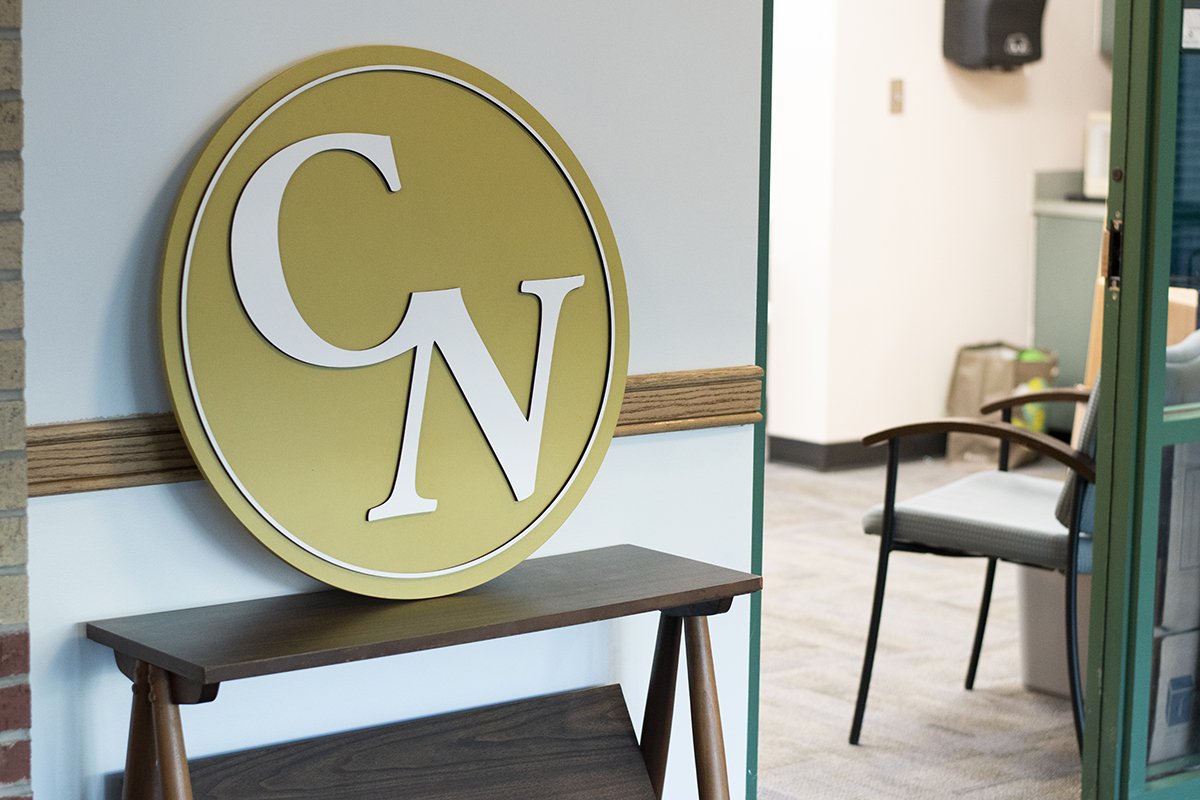On Sept. 12, a Crow’s Nest editorial discussed the need for an “Arab Spring”—inspired, youthful reformation of America. Five days later, in response to Toronto-based publication Adbusters’ call to action, roughly 2,000 protesters descended on Wall Street to protest “crony capitalism” and a financial system that—with two decades of legal decisions, trillion-dollar bailouts and corporate influence over politics—has created a volatile market that endangers the middle class.
From all political backgrounds, ages and races, the marchers claimed to be over-educated and underemployed, the 99 percent who are at the mercy of the wealthiest 1 percent. Instead of leaving hours later like most public assemblies, they remained in a nearby public park and renamed it “Liberty Plaza” mimicking the Tahrir Square occupation in Egypt from earlier this year. As of press time, nine days after the initial march, hundreds are still there. And they have no plans to leave.
Haven’t heard about it? Few have. Most mainstream news media are backed by a handful of corporate entities that have too much to lose in any sort of stock market shakeup. Oddly enough, Twitter—which is partially owned by JP Morgan—has yet to show these events as “trending,” though the actual number of tweets ousted lead stories on the social media site, according to websites that analyze Twitter statistics. Yahoo! even admitted to blocking emails containing the website, www.occupywallst.org, though it claimed it was the result of an overreaching spam filter.
Whether those were cover-ups or coincidences, the event has gone viral worldwide. Egyptians have offered advice on how to succeed. Individuals the world over have shown support online. Within days, Facebook pages emerged to help carpoolers organize New York road trips and to coordinate similar efforts at financial districts in cities both in and out of the United States. Roseanne Barr showed up to offer support and Michael Moore has advocated the movement as publicly as he can, arguing that if the Tea Party held similar protests, it would make headlines on all major news outlets.
After the initial surge, the few hundred that remained have been camping out and creating a communal stakeout in lower Manhattan. Thousands of dollars of donations have poured in from Internet donors, supplying food, equipment and logistics. A media team is keeping the world updated on websites like LiveStream that show round-the-clock live video. The collective has decentralized leadership and every decision is made by a consensus vote. To communicate, the group uses “The People’s Mic,” where a speaker will say a few words, and the rest repeat it back in unison to appease nitpicking police.
Perhaps the most disturbing part of Occupy Wall Street thus far has been the NYPD response. From the beginning, the protesters have made it a top priority to follow laws and remain non-violent in every form. Lawyers have helped guide them. However, even with the First Amendment on their side, about 30 were arrested in the first week. Many were taken down violently but released after arriving to the police station.
On Saturday, approximately 100 were rounded up in police vans. One suffered a concussion and was denied medical attention. A group of five college-aged girls were pepper-sprayed after shouting “Shame!” at a nearby police takedown of a peaceful protester. All of this is being captured by media-savvy youth who post
footage online.
So again, The Crow’s Nest calls the youth to action. Realize that 1 percent of the nation holds 48 percent of the wealth, according to a study published by the Federal Reserve System. Realize that the top 20 percent of the population owns 87 percent of the wealth. The bottom 40 percent—including all college students—has less than half a percentage point of the nation’s wealth, and after graduation, it is likely that many will remain in that demographic.
Without going to Wall Street or a Florida chapter of the movement, without even logging online to watch police scramble to adjust to this new-age form of urban protest, you can participate by taking money out of major financial institutions and switching to local credit unions that are not-for-profit and have no Wall Street ties.


